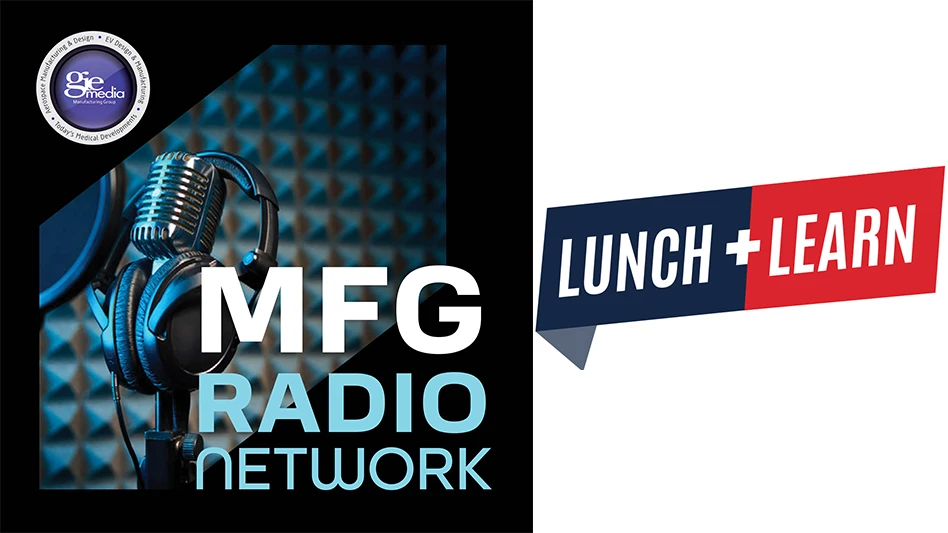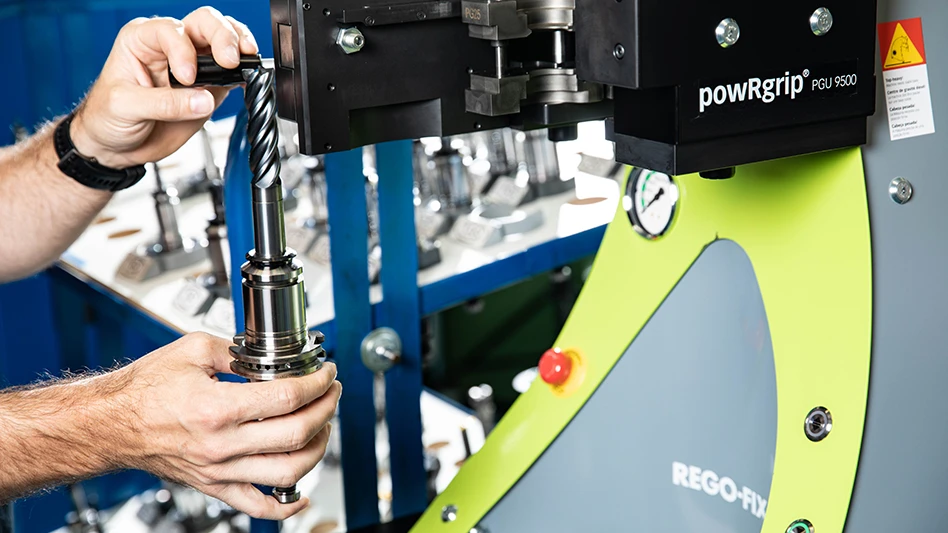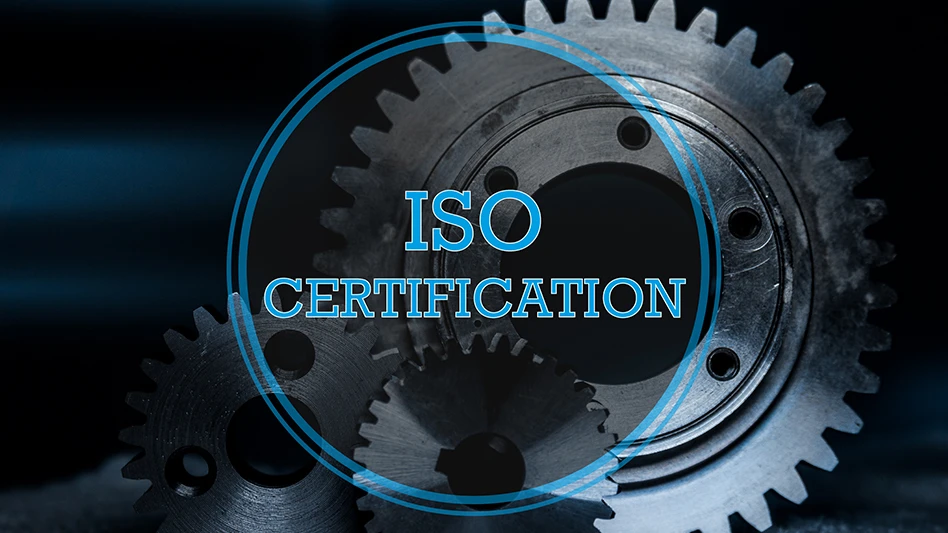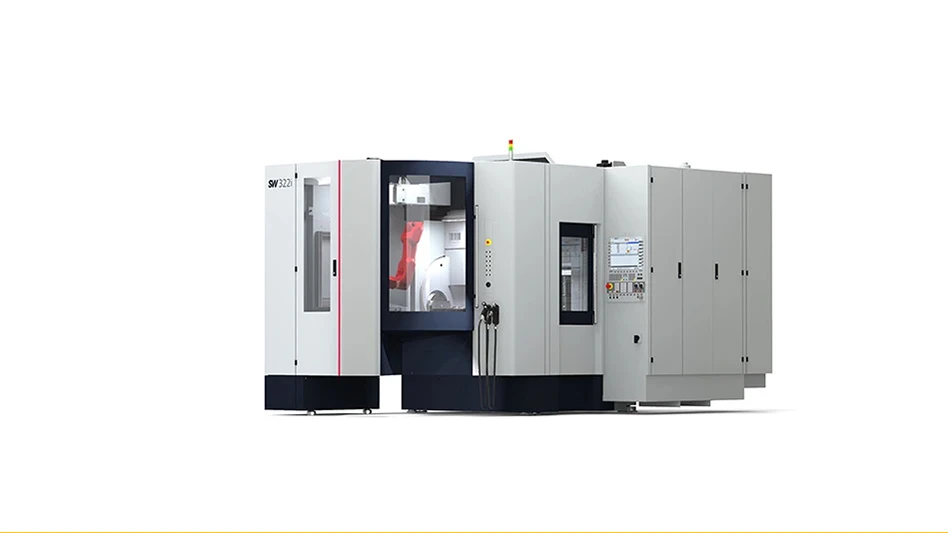
“IMTS 2018 – The International Manufacturing Technology Show, offers an unprecedented concentration of additive manufacturing (AM) resources,” says Peter R. Eelman, vice president – exhibitions & business development at AMT – The Association For Manufacturing Technology, which owns and produces IMTS.
Taking place Sept. 10-15, 2018, at McCormick Place, Chicago, Illinois, IMTS 2018 features the Additive Manufacturing Pavilion and AMT’s AM-focused Emerging Technology Center, both found at the entrance to the West Building. Eelman predicts that extending the digital thread from design through processing to final part will be a hot topic at the show.
“IMTS is valuable for any company that wants to stay competitive,” says EOS North America President Glynn Fletcher.
The theme for EOS’s IMTS 2018 exhibit is an Additive Mile that takes visitors through the progressive steps of a journey in AM: prototype, material options evaluation, selecting and optimizing part design, scaling up, production, integration into a facility, and ongoing service and upgrades.
“Additive manufacturing is about solving the problem of high-cost, low-volume manufacturing,” says Ed Israel, president and co-founder of Plural Additive Manufacturing.
Tooling trends
“People are beginning to see that they can very quickly and locally print their own tooling and therefore increase the innovation and decrease the overall cycle time to develop that next big product,” states Bill Peter, director of the Manufacturing Demonstration Facility (MDF) at Oak Ridge National Laboratory (ORNL).
Peter notes that the U.S. lost about 37% of the tool and die industry in less than a decade and currently imports 70% to 80% of its tools. Having demonstrated success with polymer molds, the MDF is now examining how to move forward with metal 3D printing.
“We want to look at cost-effective feed stocks and increase the deposition rate of additive systems that could make tools,” he says, noting that tooling greatly affects lead times and the cost and rate of innovation.
Software for AM
The industry has gone from using AM for prototyping, to building jigs and fixtures and finally to serial manufacture of end parts. It’s a recommended path of technology adoption, as it helps companies become familiar in digestible increments. As companies move forward, however, they need to invest in AM-specific software.
“Originally, machines, materials and CAD/CAM software were made for prototyping. Now we need tools that are more robust to produce desirable, repeatable parts,” says Duann Scott business development & strategy, additive for Autodesk. “With our Nebfabb suite of AM software, we can streamline workflow from design and optimization, preparation and simulation and then processing.” www.autodesk.com; www.eos.info; www.imts.com; www.ornl.gov; www.pluralam.com
Polymer AM market: a $16 billion opportunity
Increasing industrialization efforts across various plastic printing technologies will result in $16 billion in industry revenues from the sale of additive manufacturing (AM) printers and polymer-based print materials by 2027, according to SmarTech Publishing. The report looks at:
Material extrusion-based polymer 3D printing: Companies, such as BASF, Stratasys, BigRep, Essentium are redesigning and improving filament extruders; developing thermoplastic composite materials; creating multi-axis extrusion systems; focusing on high volume, swarm manufacturing using printer farms
Vat photopolymerization: Layer-free photopolymerization pushing technology into direct part manufacturing with more reactive resins for strong, long-life plastic parts of modest sizes; efforts to automate pre- and post-processes for serial manufacturing capabilities; within 10 years, 50% of vat photopolymerization machines sold will feature layer-free printing architecture
Polymer powder bed fusion: Benefitting from efforts in metals AM using similar processes; systems reap benefits of industrialization through parallelized machine design to increase productivity, high temperature processing for material expansion, automated materials handling and post-processing; estimate doubling the market growth of closest polymer printing technology by 2027 https://tinyurl.com/ yb7fw4zs

Explore the August 2018 Issue
Check out more from this issue and find your next story to read.
Latest from Today's Medical Developments
- Tariffs threaten small business growth, increase costs across industries
- Feed your brain on your lunch break at our upcoming Lunch + Learn!
- Robotics action plan for Europe
- Maximize your First Article Inspection efficiency and accuracy
- UPM Additive rebrands to UPM Advanced
- Master Bond’s LED415DC90Med dual-curable adhesive
- Minalex celebrates 60 years of excellence in miniature aluminum extrusions
- Tormach’s Chip Conveyor Kit for the 1500MX CNC Mill





